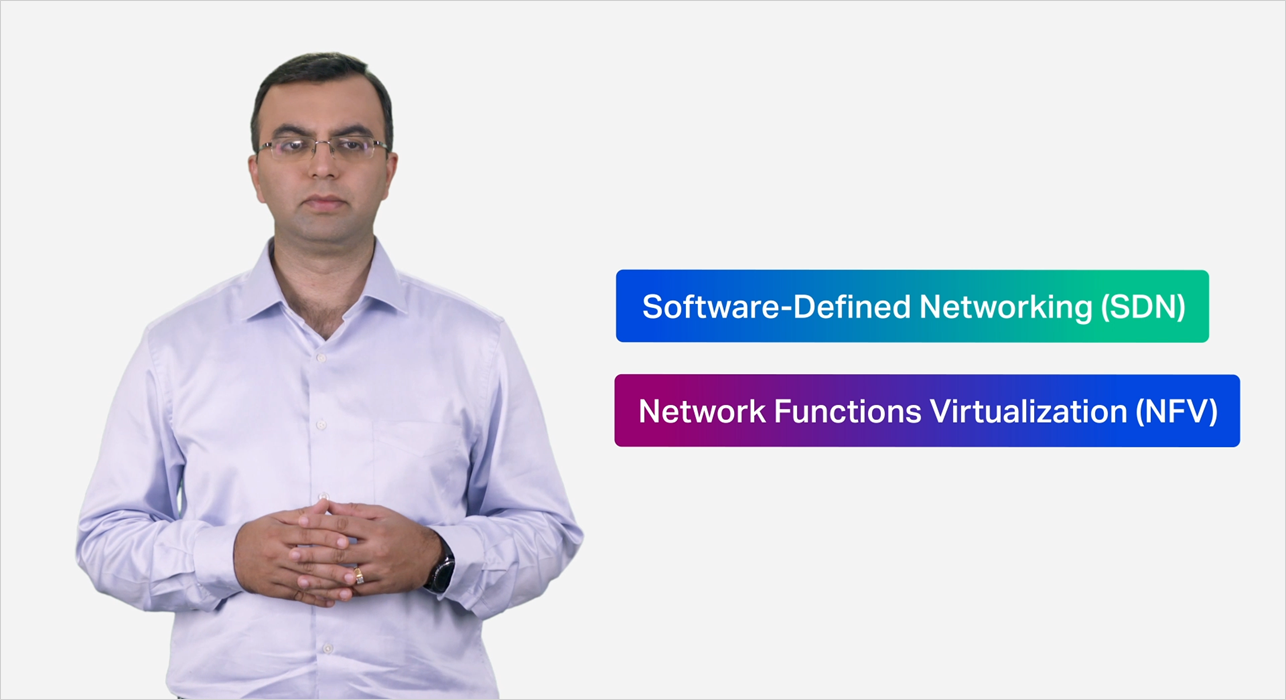Maximising operational efficiency and accelerating time to market with outsourced multi-vendor network services
Operators around the world are looking for new ways to transform towards a more Adaptive Network to handle rapidly growing traffic demands and to deliver huge volumes of data from end users to the data centre. For many, the transformation strategy incorporates a blend of multi-vendor equipment at layers 0 to 3 of the network.
But while a multi-vendor networking strategy is a common approach to reducing technology and business dependencies, it also presents significant design and deployment challenges. Working with multiple vendors often reduces visibility across the network, for example, making it difficult to plan effectively or to provision resources to support new services rapidly. What’s more, the cost of working with multiple suppliers and in-house teams to design and deploy solutions can be prohibitive, as well as requiring multiple custom interfaces for northbound integration into the OSS.
To overcome the challenges typically associated with multi-vendor network design and deployment services, some operators are now choosing to out task these activities to trusted network services partners. This approach can help to increase cost control based on transparency while, by choosing the right multi-vendor services partner, operators can refocus their internal resources, bypass slow multi-departmental New Product Introduction (NPI) processes and – critically, as a result bring new, revenue-generating services to market faster.
Ensuring success for out tasked design and deployment projects incorporating multi-vendor infrastructures
The success of any out tasking relationship for multi-vendor design and deployment services is highly dependent on the capabilities and credentials of the chosen network partner. To ensure that service projects involving multi-vendor estates can be delivered quickly and at the lowest possible cost to the operator’s business, service providers should offer:
1) A broad multi-vendor skills set
The top multi-vendor partners have in-depth knowledge of technology from all of the major network providers – including optical transport vendors, Ethernet vendors and IP network vendors.
2) An expansive ecosystem of partners with complementary skills
A provider’s multi-vendor and multi-domain skill sets should be augmented with a large ecosystem of partners with in-depth knowledge of specific vendor and network technologies.
3) Flexible solutions that meet operators’ specific technology and business needs
Operators need highly flexible partners who can align their own internal processes to specific delivery requirements – such as short SLAs for equipment delivery and installation. Typically, the largest outsourcing partners find it difficult to adapt their processes for individual operators, which can cause frustration and project delays.
4) A vendor-agnostic approach that puts operators’ needs first
Multi-vendor partners should constantly look for ways to improve operations and reduce costs for clients. This requires a totally vendor-agnostic approach, with no attempts to prioritise projects that benefit the outsourcing partner and not the operator.
5) End-to-end delivery capabilities
The top multi-vendor network services partners can deliver projects from initial design through to equipment delivery, installation, configuration, testing and turn-up. This end-to-end capability is critical for operators who wish to maximise operational simplicity and speed up time to market for multi-vendor projects.
6) Scalability to handle multiple projects concurrently
To successfully meet an operator’s multi-vendor networking requirements, outsourcing partners should have the capacity to scale services to handle very large projects, or multiple concurrent projects as required. This requires a flexible approach to increasing available resources, but also the ability to bring in skilled resources from partners organisations at short notice if required.
7) The right local support for multi-vendor projects
Operators deploying multi-vendor solutions need local support to ensure successful deployment and integration into the existing infrastructure and operational systems and processes. Responsible multi-vendor services providers will only bid for projects where they have adequate delivery and support resources in place.
About Ciena and Multi-vendor Plan, Design and Deploy services
To help operators reduce the costs, complexity and timelines associated with deploying multi-vendor network infrastructure, Ciena has expanded our portfolio of implementation services (including multi-vendor Plan, Design and Deploy capabilities). With in-depth knowledge of technologies from all the major network vendors, and experience of deploying equipment at all network layers, we can reduce project risks for even the most complex multi-vendor projects.
Additionally, Ciena is able to deliver these complex networking implementation services from end to end, reducing in-house resourcing requirements and costs. We can also deploy network orchestration software that abstracts the complexity of multi-vendor components, supporting simple northbound integration of multi-vendor equipment into the OSS and other key operational systems.
Importantly, Ciena is also a flexible multi-vendor delivery partner. Where large organisations struggle to adapt their delivery processes to the needs of individual carriers, we can take a more customised approach. This allows us to ringfence equipment in our supply chain to speed up delivery, move resources between teams to increase our delivery capacity during busy times, and work in an agile way with partners to bring in additional skilled resources as and when they are needed.
Additional key benefits of Ciena’s implementation services incorporating multi-vendor Plan, Design and Deploy capabilities include:
- Leading engineering skills across all vendor technologies and network layers
With Ciena solutions also delivering layer 3 services as part of our Adaptive IP portfolio, we have gained in-depth knowledge and experience of IP networking alongside our existing optical and Ethernet networking capabilities. We also work with the same partners who routinely plan and deploy multi-vendor solutions from all the biggest names in networking at layers 0 to 3 of the network
- Support for international multi-vendor projects
Ciena is able to support end-to-end delivery of multi-vendor projects in multiple countries across EMEA. However, we will never bid to deliver projects in countries where we do not have sufficient local resources to ensure the highest levels of support for an operator’s project.
- End-to-end security based on CAS (T) accreditation
Ciena’s methodology for multi-vendor project delivery is fully compliant with the CAS (T) security regulation. This means that any infrastructure or component we deliver can be used to deliver connectivity services for the most security sensitive organisations, including government and military organisations.
- Highly competitive pricing
Ciena uses resources in lower -cost countries for back-end development work and other commodity elements of our solutions where possible, to keep costs down for operators deploying multi-vendor solutions.
- Guaranteed economies of scale
To deliver more value for operators incrementally over a contract lifecycle, Ciena can deliver significant economies of scale as volume grows, as we continuously strive to deliver a more efficient service to our customers based on past learnings. This is in contrast to many outsourcing providers who simply ignore opportunities for optimisation.
For more information about Ciena’s Multi-Vendor Plan, Design, Deploy services and how we can help operators to reduce internal engineering and project management requirements and bring new infrastructure and services to market faster, please contact us.








